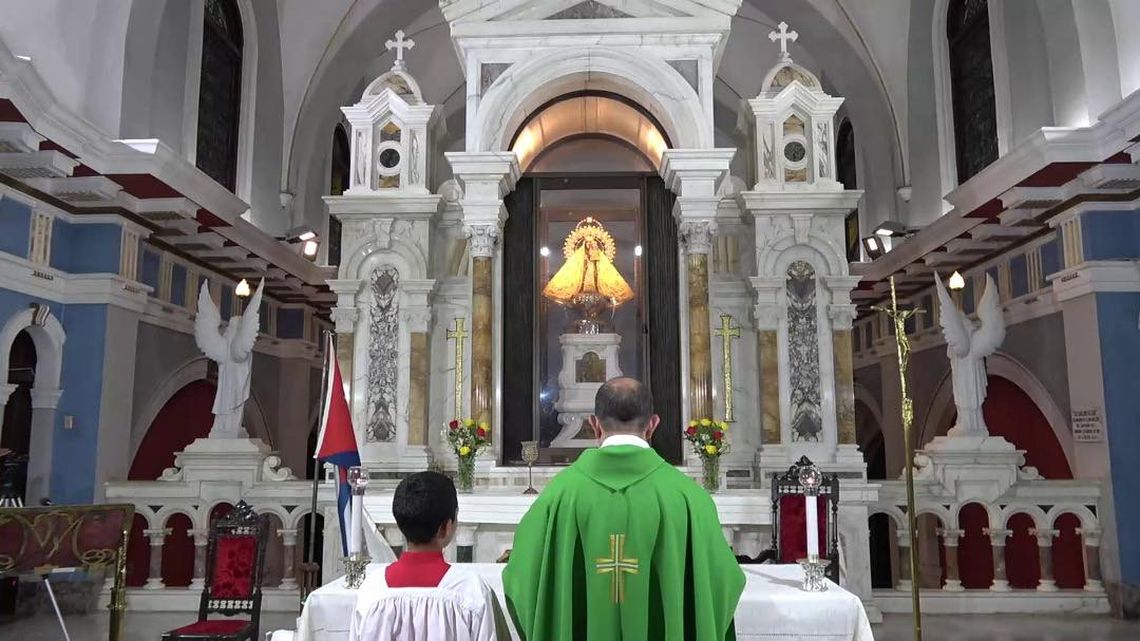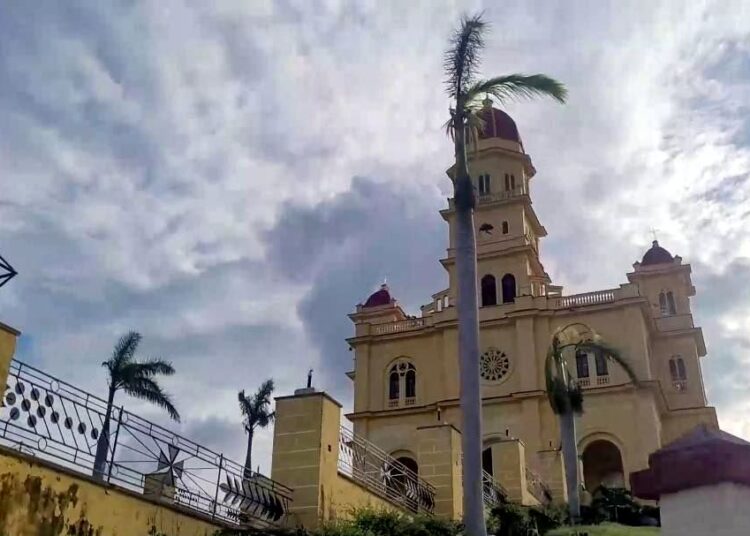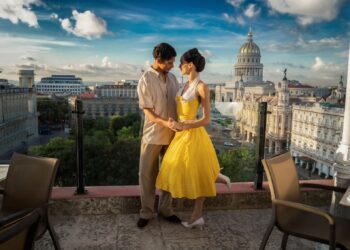Cuba has two capitals. One political, Havana. The other spiritual, El Cobre. Separated by 762 kilometers, the latter is now a spectral hamlet ravaged by the fury of nature embodied in Hurricane Melissa.
If we want to confirm that the utopia, sometimes, happily, becomes a reality and that a common home is possible for all Cubans of any political persuasion, affiliation, creed or origin, the Sanctuary of Our Lady of Charity is the place of that possibility.
Far from being a coincidence, this opportunity still awaits its realization as a national project in the island’s brief republican history. And yes, this is the place. There is no other. Not yet.
And from the Sanctuary of Our Lady of Charity of El Cobre, where the patron saint of Cuba has been venerated since the 17th century, a collective and foundational homeland bestowed by a far from calm sea, the viability of a collaborative and diverse Cuba is also being explored amidst misfortune; a version of a country without the vanities, resentments and arrogance of power wielded by some and others, a country that must work for the good of all, without exclusion.
One of the many everyday protagonists in the construction of this Martí-inspired paradigm is Father Rogelio Dean Puerta (Havana, 1980), ordained a priest in 2017, who readily agreed to answer OnCuba’s questions on matters both earthly and divine. It was a conversation via WhatsApp, punctuated by phone outages, blackouts, and lack of coverage on both ends of the line on the evening of Friday, November 8.
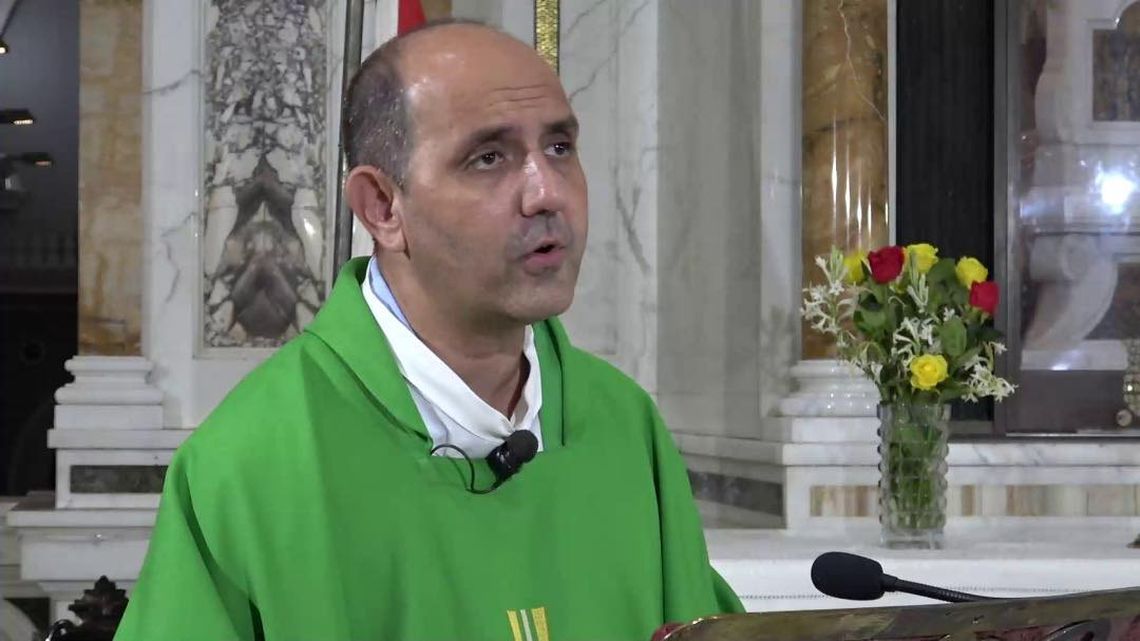
El Cobre, a relic
Father, let’s begin by sketching a timeline before Melissa’s arrival. How would you characterize the community of El Cobre? By the way, it’s one of the first mining settlements in the Americas, founded in 1530.
Well, I’ve been the parish priest of El Cobre for eight years, and in addition, I’ve served as rector of the Sanctuary for about a year and a half. I’ve had the mission of leading this heritage site for all Cubans, the Sanctuary of the Virgin, and ministering to the parishioners of El Cobre.
This has been a very spiritually blessed community in recent years. We’ve received brothers and sisters from different countries, from other churches, who have brought retreats like Effeta, Emaús and Bartimaeus — great adventures of faith and love. It is a vibrant community that serves and strives to move forward amidst the difficulties our country faces.

One of the first news stories that spread on social media during the storm and then the impact of the hurricane was that some people in El Cobre had been isolated by a landslide. As the parish priest of the town, how did you perceive the danger of that situation and how did you act accordingly?
I was aware of what was happening and facilitated contact between the isolated people and the rescue brigade. This occurred almost before the hurricane arrived. The people were frightened, but they were on the second floor with a solid structure below. Thank God no one was injured or harmed.
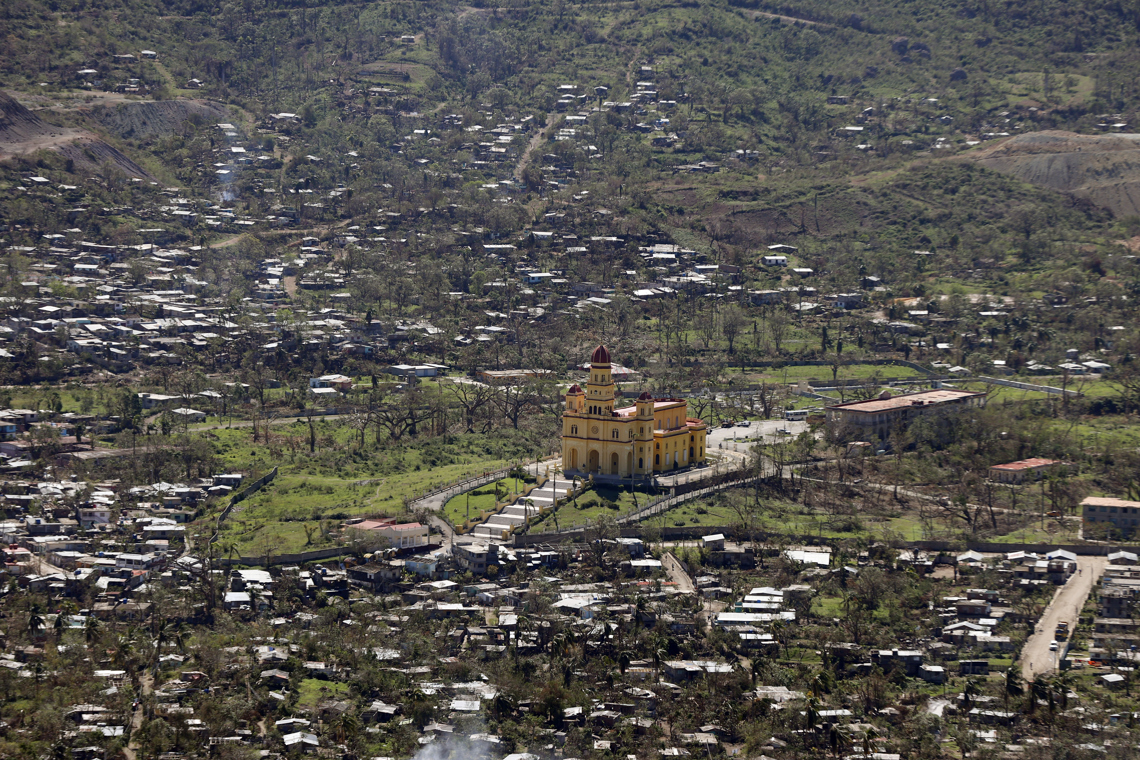
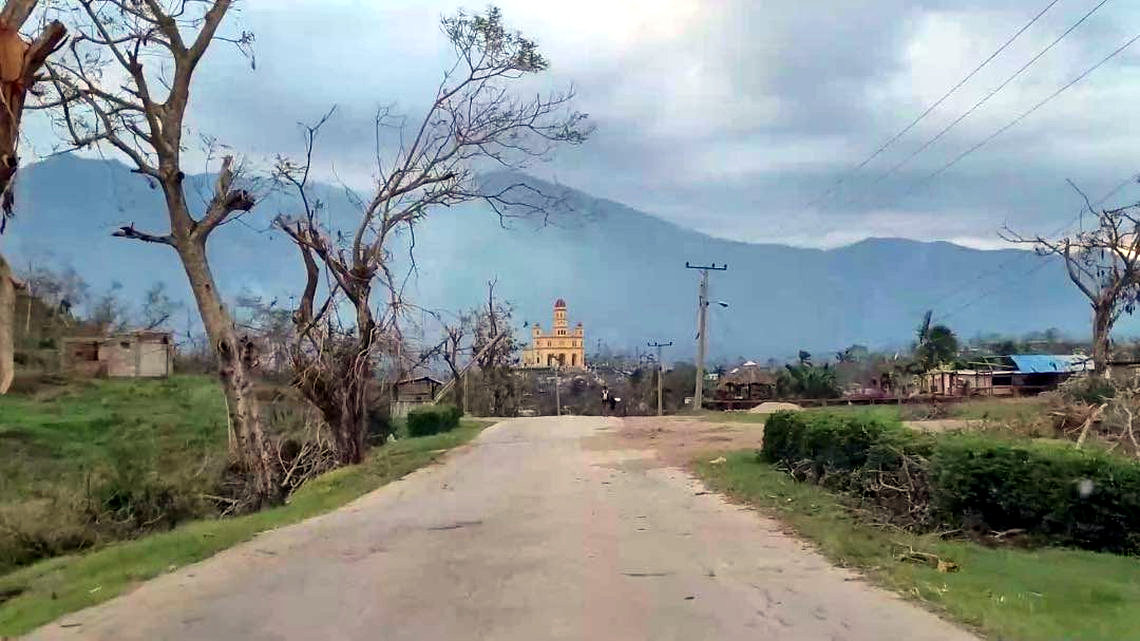
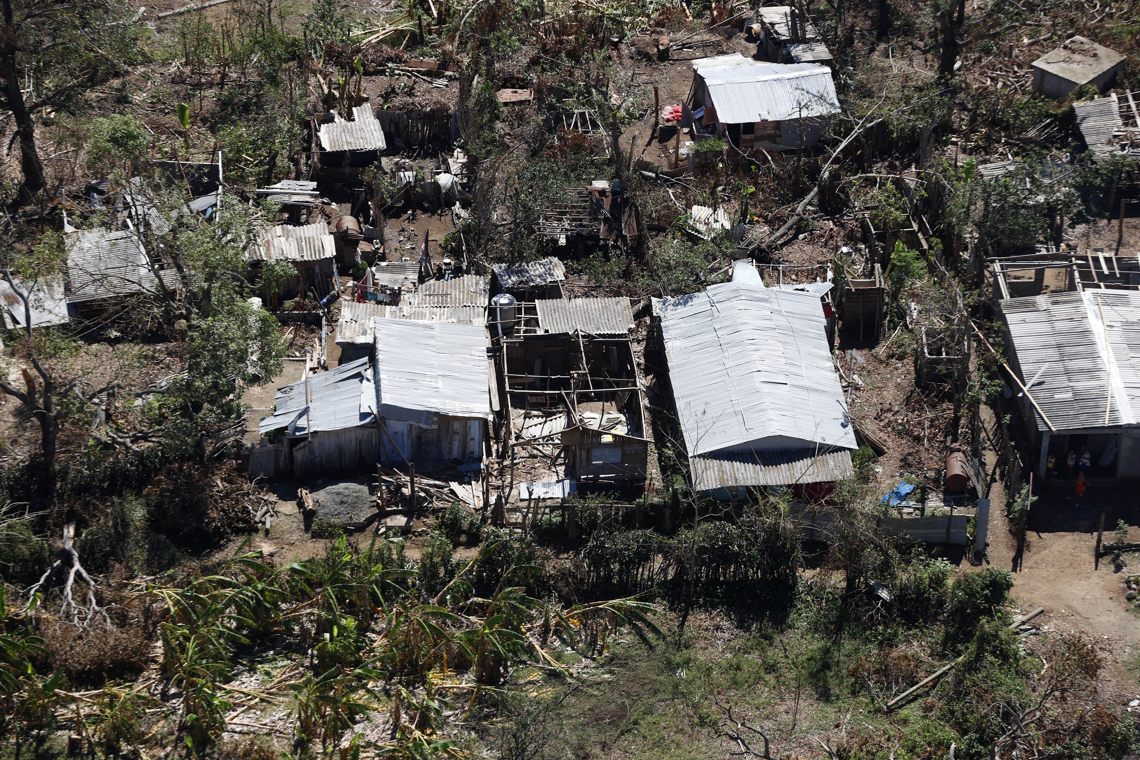
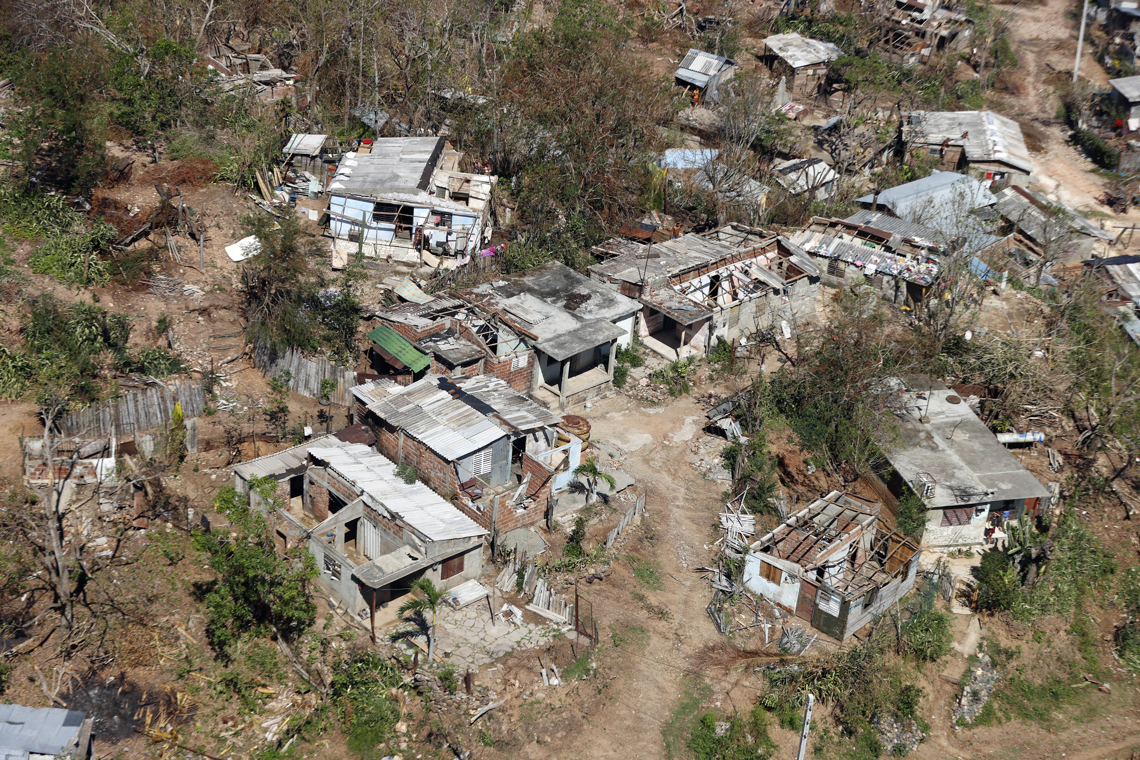
A house for everyone
How do you relate to the community? Do you have a fluid, daily relationship with people, whether they are believers or not?
Yes, there is a very fluid relationship. I believe that Christianity should be shown in concrete actions. As St. James says: “Show me your faith without works, and I will show you my faith by my works.” In El Cobre, given the difficult reality of Cuba, we have developed a social ministry with more than 12 projects for all ages: women with cancer, children with disabilities, people with Down syndrome, senior citizens, etc. But I would be nothing without my work team.
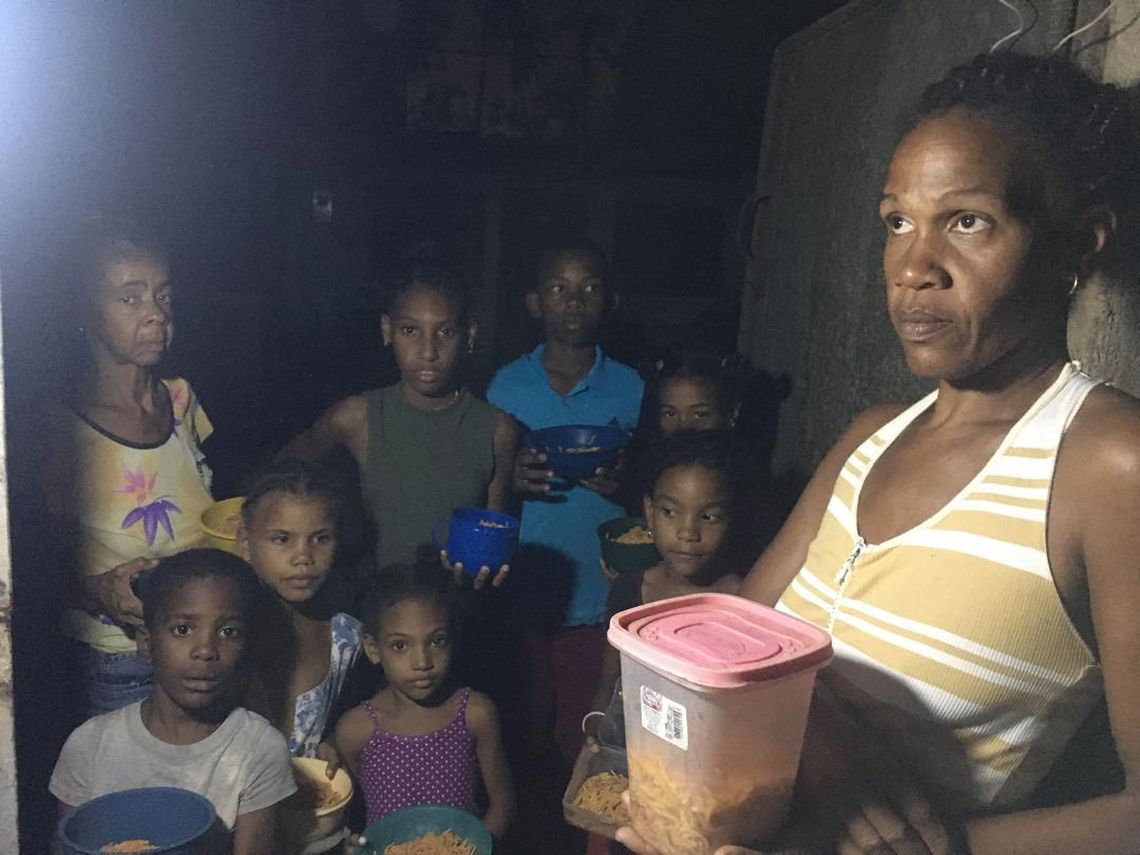
We strengthened the parish council, the sanctuary council and the projects team. It’s not about the impact a priest could have, but about working together as a Christian community. Our help and our friendship are not conditioned by creeds, but simply by the mission the Lord gives us to love everyone, regardless of their beliefs.
The house of Mary is the house of all Cubans: Catholic believers; non-believers; people with Afro-Cuban beliefs; people who come to culturally appreciate the Sanctuary; people from the right; from the left. In accordance with the pastoral mission of the Church, we are all brothers and sisters.
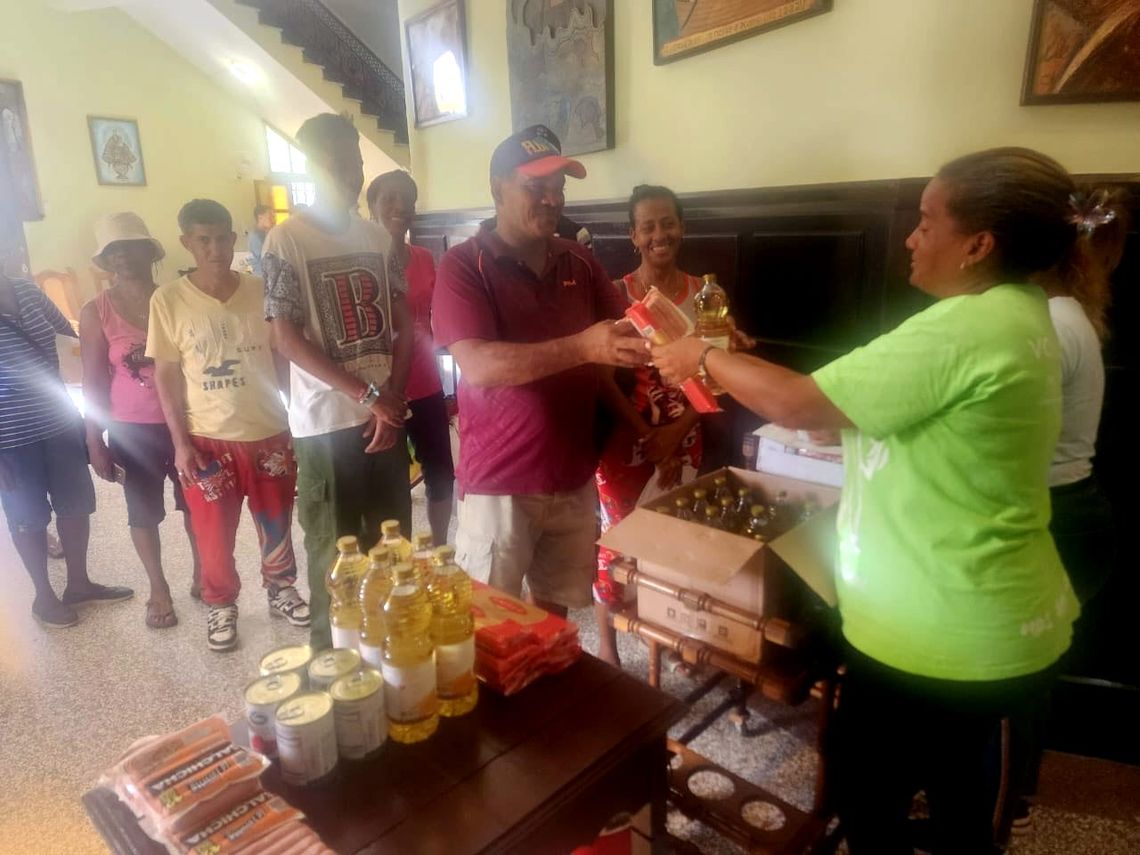
It’s an ecumenical and collective effort, isn’t it? You seem very proud of that team. Who are its members?
They are everyday people: doctors, nurses, physiotherapists, teachers, a sociologist, a physical education teacher. They are also ordinary people without formal education but with enormous hearts. What is admirable is that, despite their own needs, they dedicate themselves to helping others. The work of listening and being close is very important.
Are these people dedicated 24 hours a day to the team, or do they balance these responsibilities with their personal and professional lives?
That is what makes them great and admirable. They share their work, home and social life with the work of the church. Only two or three people in the office are full-time. The rest divide their time and do it willingly. Amidst so many difficulties, they have found a path for personal fulfillment by helping those who are worse off. As a church that goes out to others, they, being integrated into society, can better understand people’s needs than a priest.
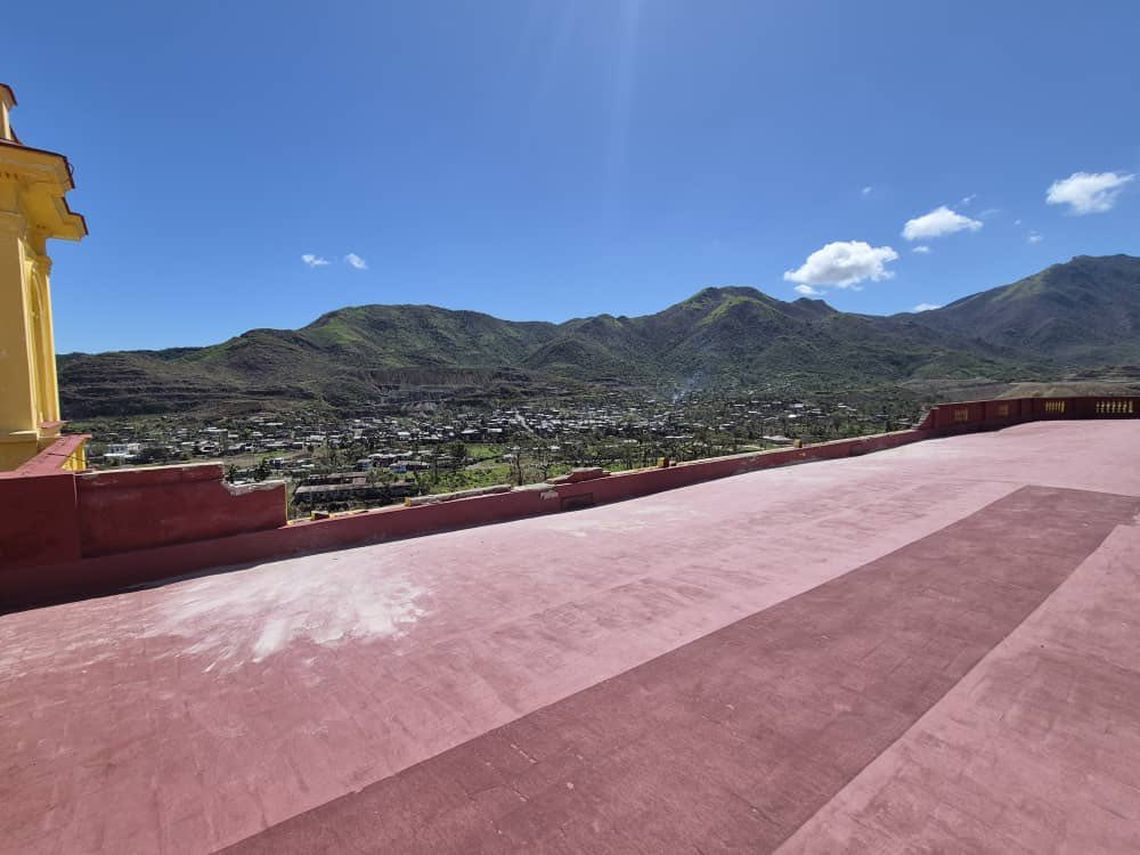
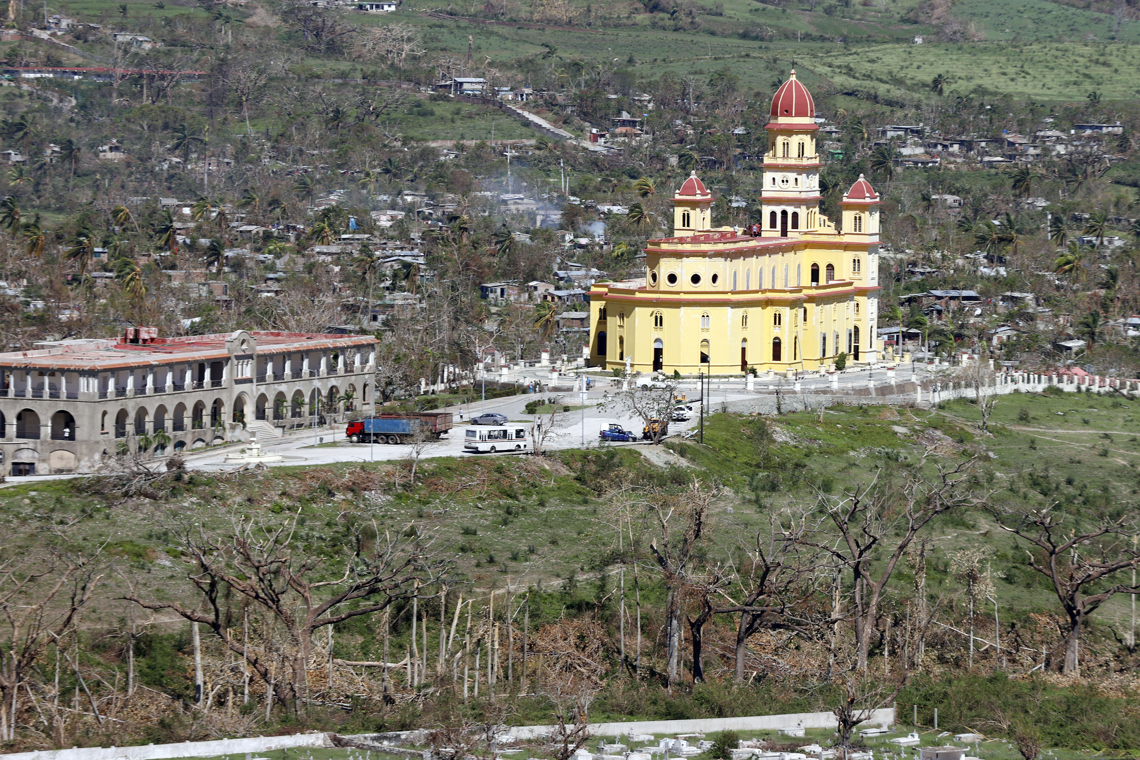
Leadership, dialogue and daily routine
Father Rogelio, how have you achieved this quality of leadership? Would you say you have leadership qualities? What is your self-perception?
Well, let’s see, I think the key is wanting to love and wanting to love wholeheartedly. Not focusing so much on personal limitations — I have many, I say that sincerely — but rather looking at what God can do through me. I feel very small on my own, and that’s why I’ve always sought to convene, to bring people together for a mission. I realize that in this way I can reach more effectively and more broadly in the mission.
And how would you describe your ability to dialogue with the authorities?
As a priest, one has to be the priest of everyone: of those who think one way and those who think another. As long as there is a person of goodwill on the other side, I am willing to approach, dialogue, and work together.
Sometimes people tell me I’m too naive, but I always try to expect the best from others, to make them more empathetic. As José Martí said, “Homeland is humanity.” I try to appeal to the humanity in every person, regardless of their position, and involve them in this mission to help as many people as possible during these difficult times.
What are the main needs of the El Cobre community today?
Since the hurricane, we’ve focused on providing food. It’s the most basic need: to eat in order to survive, to serve others. We have 29 houses with emergency kitchens that are providing an average of a thousand meals a day in the town of El Cobre. There’s also a great need for medicine. Just today I contacted friends in the United States to see if someone can travel and bring us paracetamol. Many people have fever, aches and pains, and illnesses like chikungunya and oropouche. We also need to repair homes, some almost completely destroyed, but that will take more time.
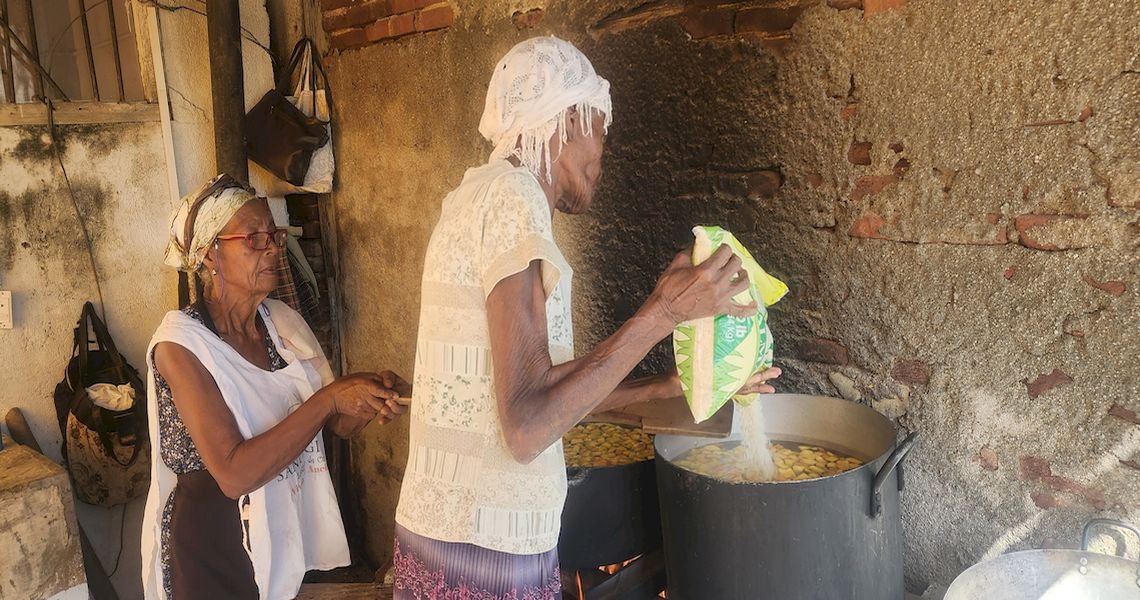
How do you assess the assistance and solidarity of other Catholic and Evangelical churches in the face of this tragedy?
Everyone is doing what they can. Joint projects are not common; each church works with its own people. But I know that other churches are doing very good things: helping, encouraging and providing spiritual and psychological support. There are also fraternal groups and related associations doing good, and that is what is needed.
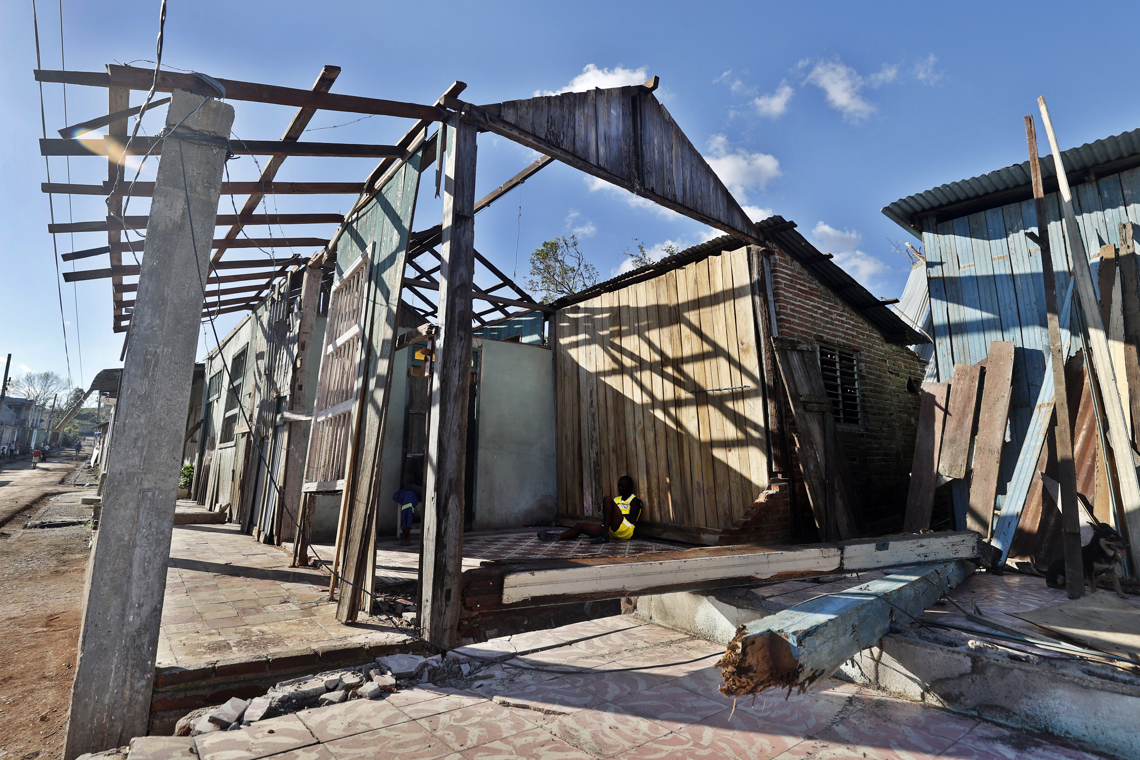
I’m interested in learning about your daily routine, Father. Could you describe a typical day for you, before and after the hurricane?
Well, after the hurricane.… The sanctuary is in a high place overlooking the entire town. Every morning, when I open the window, it pains me greatly to see the state of everything. I find strength in prayer and Holy Mass. I ask people to come, because we need to strengthen ourselves spiritually. It is God who lifts you up, motivates you, and encourages you.
During the day, I try to connect with as many people as possible. I spend the day asking questions, generating ideas and exchanging thoughts. Sometimes I get scolded for not having lunch, but there isn’t enough time. I also receive groups and individuals, because this is the sanctuary of El Cobre. In addition, I attend to the different groups in the parish. For example, in a little while, I’m meeting with the youth group, and tomorrow, Saturday evening, with the married couples. For us, family is fundamental.
The protective measures minimized the hurricane damage. Photo: Archdiocese of Santiago de Cuba.
The Basilica, a national treasure
From what you’ve said, I understand that the Basilica continues its intense pastoral life; it wasn’t interrupted by the hurricane?
Not at all. We immediately began to gather everything and assess the damage. I must say that I have an exemplary work team at the Basilica. Many suffered serious losses in their homes and postponed tending to them to come and serve here, welcoming the people who come seeking comfort and faith.
What kind of damage did the Basilica suffer?
Primarily damage to the woodwork and stained-glass windows. The rest, we can say, is minor.
And are the stained-glass windows part of the heritage?
Yes, they are antique stained-glass windows; several had already been restored. We are in discussions with specialized companies, and there are prospects for restoration. We are not going to give up; we are already working on it.
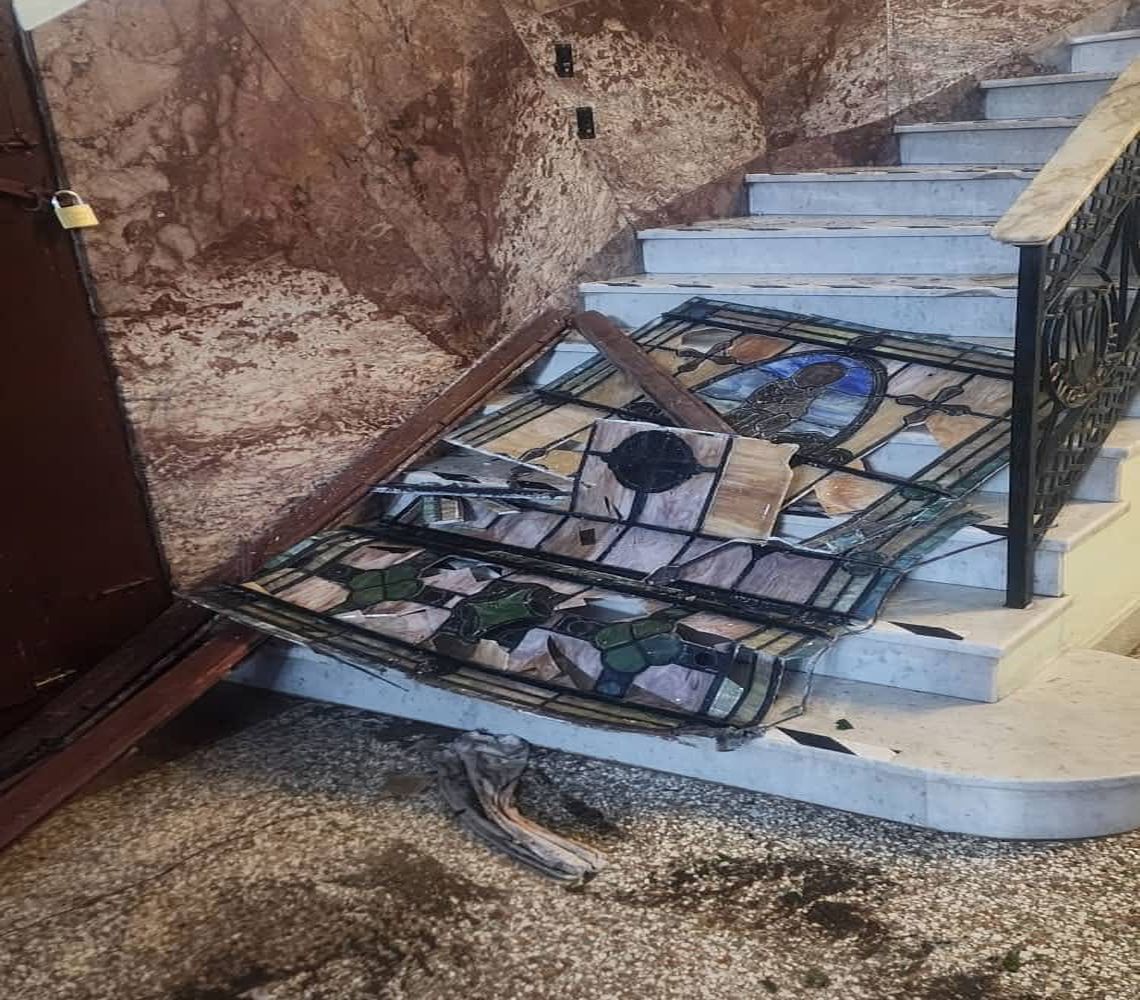
This is great news. The Basilica is one of Cuba’s greatest treasures. You are the parish priest of what is called “the home of all Cubans.” Do you think there is another place with that level of devotion and spiritual significance?
I can tell you without exaggeration: it is the altar of our homeland. There is nothing more sacred than the mother, and Cubans understand this. That is why so many people come to encounter the Virgin. Under her protection, one feels safe, cared for, welcomed, loved.
What has the dialogue, the support and the synergy with the Cuban State been like?
We are not ones to wait; we are ones to jump into action. Immediately after the hurricane, we began distributing food. I imagine the authorities needed time to organize themselves, but we were already active. They have gradually joined in with their own mechanisms. We are willing to collaborate in any way that benefits the people.
Father, do you have any news about the aid that will arrive from the United States?
We know it will arrive at some point. The Cuban institution is in charge of distributing it, and Caritas is present in all our parishes. We have prepared to receive that aid, and not only that, but any aid from any institution or country that comes. We are ready to distribute it responsibly and seriously.
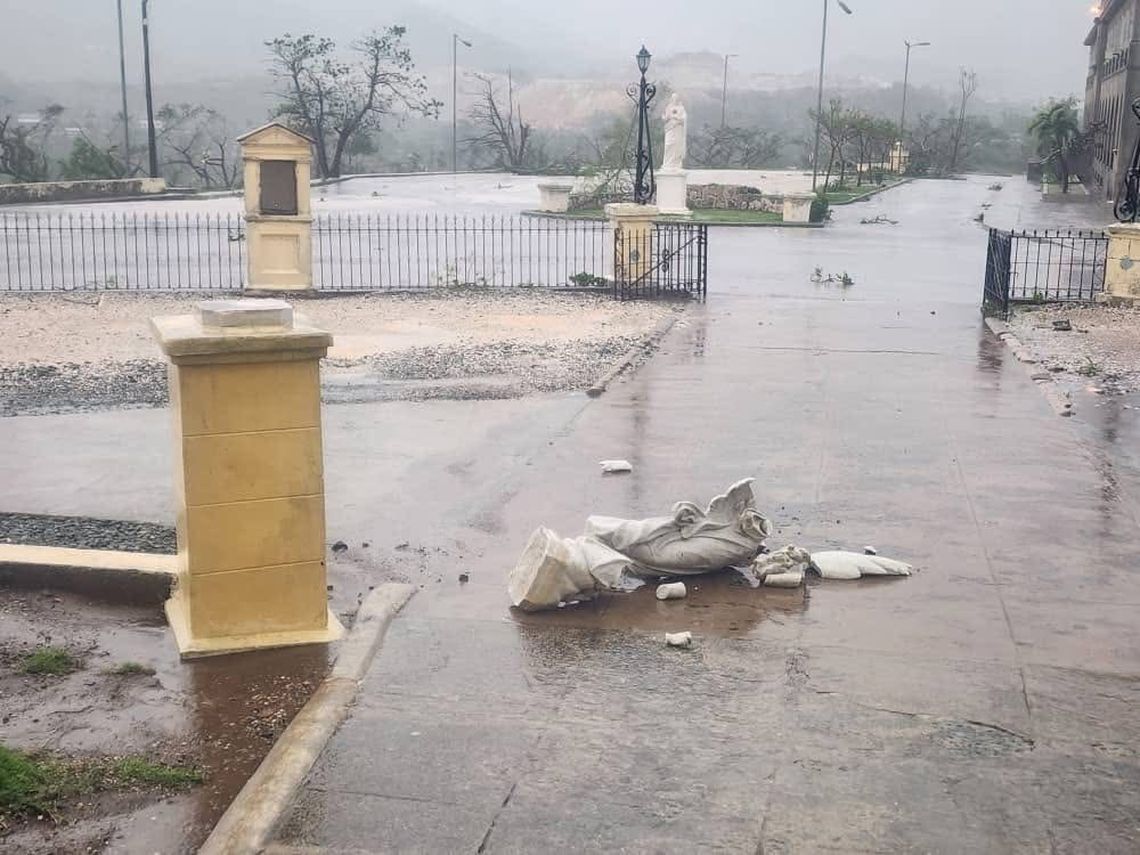
Message to the victims
There are people who, except for their lives, have lost everything, not only in El Cobre, but throughout eastern Cuba. What would your message be for them?
Do not lose faith, hope or love. If we lose those things, we allow ourselves to be destroyed by evil and circumstances. We are called to live and to help others to live. Every difficulty is a learning experience, an opportunity for personal growth. Now more than ever, we must be united, help each other more, and trust in God.
Is there electricity currently in El Cobre?
No, the electrical grid has been severely damaged. But work is underway. Many linemen and electricians from across the country, especially from the province of Artemisa, are making a great effort. We have a generator at the sanctuary and the guesthouse, which allows us to offer cell phone charging services to the community.
And the water service?
It has been intermittent. We’ve also had problems with the water treatment plant. That’s why we use a well with a turbine at our retreat house, next to the sanctuary. The entire community comes there to get drinking water, and we gladly provide it.
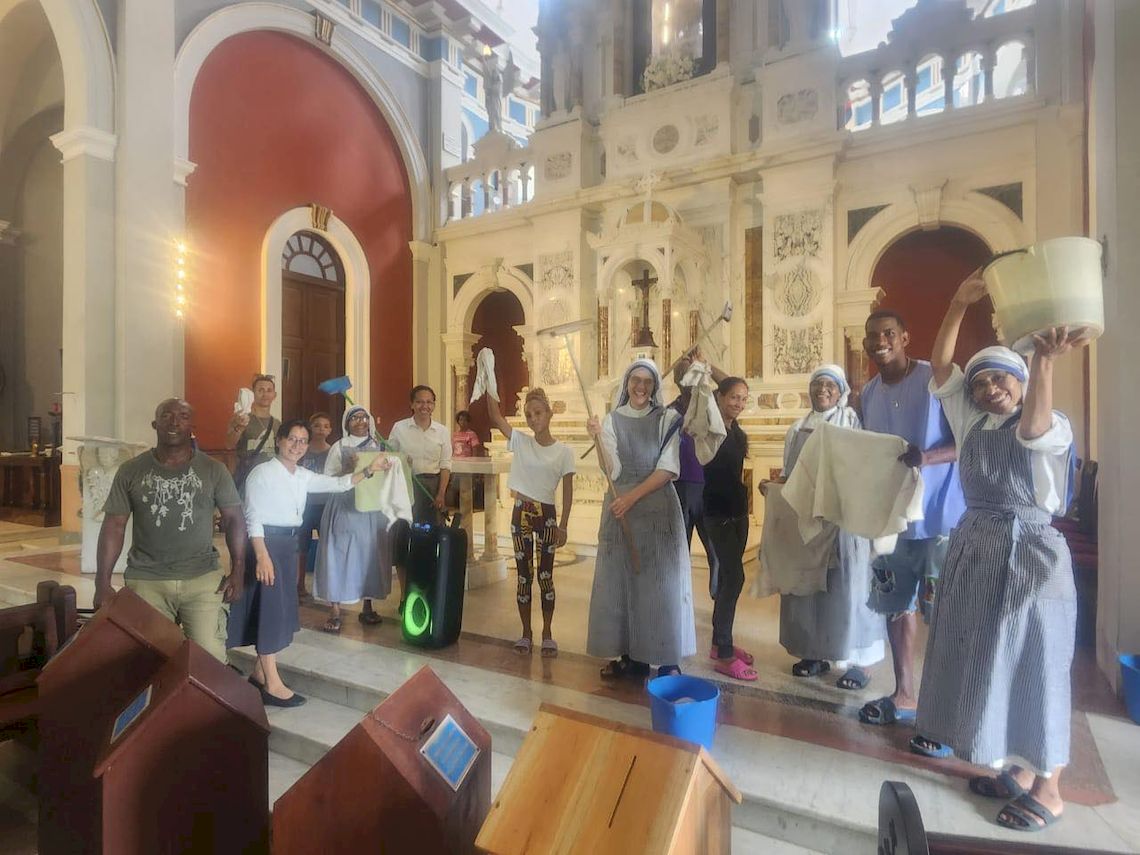
Faith and an uncomfortable question
I don’t mean to overwhelm you, and I know your days are governed by a demanding schedule. A neighbor of mine asked me this question, and I want to pass it on to you: “How is it possible that the Virgin, who protects us with her mantle, couldn’t avert this catastrophe in eastern Cuba?”
I’ve been asked this question before, even by a journalist who was here. Look, we have to differentiate between what God wills and what God allows. They are two different things. God certainly couldn’t have willed this misfortune, this hardship, much less his mother, the Blessed Virgin, here in her home. However, there is a truth: God allowed it.
The question isn’t “why?” because that would exhaust us. That’s not a question of faith. The question is “what for?” What does God want to teach us, what do we want to learn from what has happened? In what sense can we grow based on this reality? How can we become stronger and better? That is the question that gives us light.
The Virgin is in El Cobre, yes, but she is the mother of all humankind. The important thing is to see how God wants us to take advantage of what has happened.

So, you have no doubts about your faith. Will faith always accompany you? Is it your firm ground?
I believe that faith is what sustains a person. Most of the actions we perform during the day are acts of faith. And in moments of pain, of suffering, faith is what lifts us up, sustains us and makes us grow. Faith also leads you to love and hope. Our hope is not human; it is hope in God and in what He can do through me.
